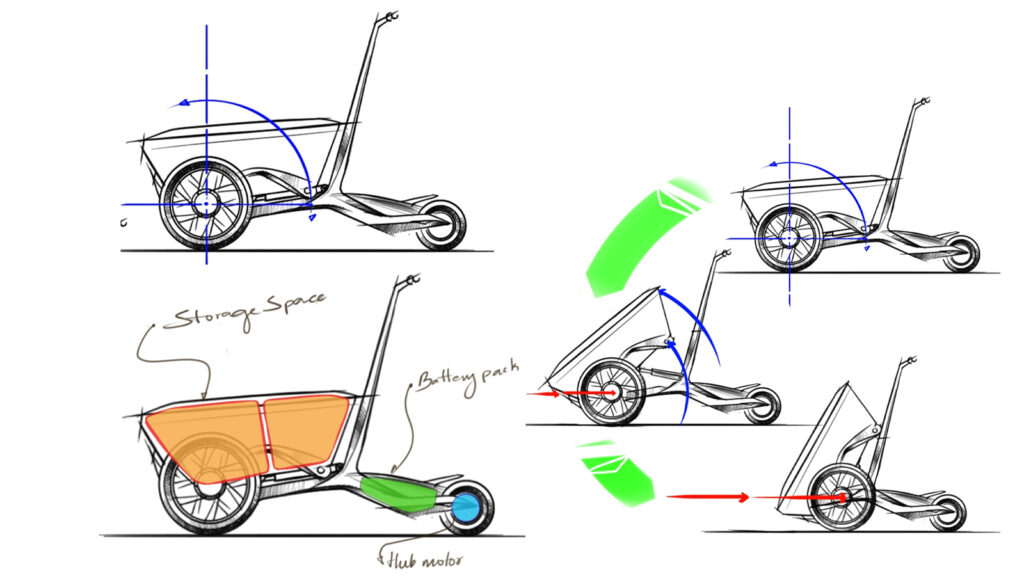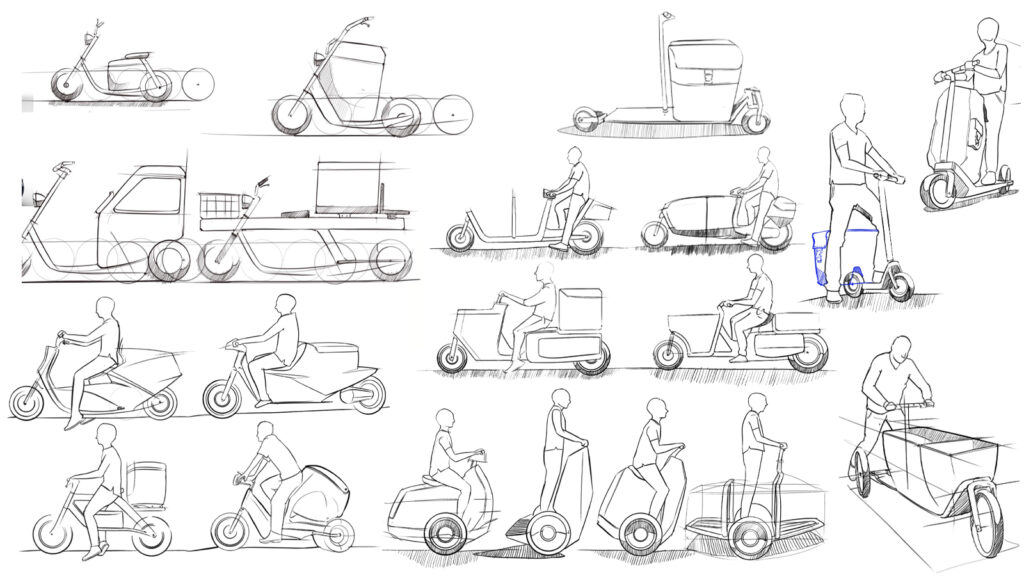The Street Vendors are people who sell essential grocery items and goods.They are contributors to the economy, society, and culture of our cities. Street vendors may be stationary in the sense that they occupy space on the pavements or other public/private spaces or, they may be mobile in the sense that moves from place to place by carrying their wares on push carts or in baskets on their heads. Street vendors provide tremendous contributions to the economy, society, and culture of our cities. Despite this, the issue of recognizing and regulating street vending is one of the most intractable issues in cities. They might do various sorts of business in a single day, so he/she might transform the vehicle accordingly.
Street vendors have been in existence since ancient times. In all civilizations, ancient and medieval, one reads accounts of travelling merchants who not only sold their wares in the town by going from house to house, but they also traded in neighboring countries. Indian Institute for Human Settlements (IIHS) in partnership with the Hungry Cities Project, surveyed 1000 food vendors across Bengaluru. Results revealed that about 47% of vendors were mobile food vendors operating out of a mobile cart, cycle,
or bike and 18% of food vendors would sell their items in multiple locations in the city. For most street vendors, trading from the pavements is full of uncertainties. They are constantly harassed by the authorities. The local bodies conduct eviction drives to clear the pavements of these encroachers and in most cases confiscate their goods. The total employment provided through street vending becomes larger if we take into account the number of industries it sustains by marketing their products. A lot of the
goods sold, such as clothes and hosiery, leather and moulded plastic goods, household goods and some items of food, are manufactured in small scale or home-based industries.
Submitted by: Rahul R, MDes (2021-23), IIT Bombay
Guided by: Prof. Sugandh Malhotra Co Guided: Prof. Karthikeyan Thangamani








